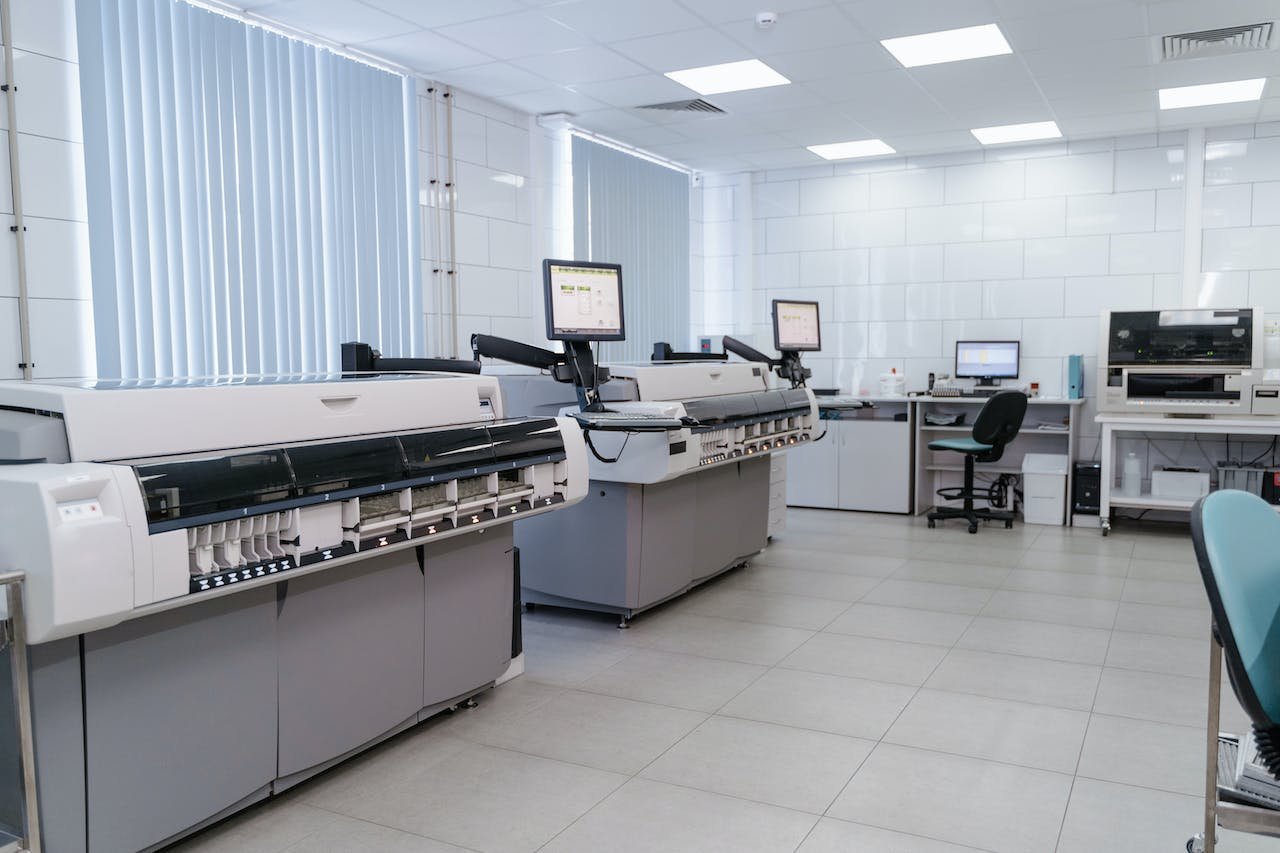For decades, the dream of harnessing the sun’s power – the ultimate clean and limitless energy source – has captivated scientists and fueled the quest for fusion energy. This futuristic technology promises to revolutionize energy production, offering an answer to climate change and human dependence on fossil fuels. And in 2022, a series of fusion energy breakthroughs ignited a bright flame of hope, pushing the dream closer to reality than ever before.
Table of Contents
Ignition Achieved: A Turning Point in History
At the core of these breakthroughs lies a significant milestone: ignition. In December 2022, researchers at the National Ignition Facility (NIF) in California achieved a fusion energy breakthrough unlike any other. Using powerful lasers, they focused intense energy onto a tiny capsule filled with hydrogen isotopes, triggering a reaction that released more energy than the lasers used to initiate it. This marked the first time ignition had ever been achieved in a laboratory, proving that fusion energy can be self-sustaining, potentially unlocking its immense potential.
Beyond Ignition: Repeating and Refining the Success
The fusion energy breakthrough at NIF wasn’t a one-time feat. Throughout 2022, the team successfully repeated the experiment, each time refining their technique and achieving even higher fusion energy yields. This consistent success demonstrated the reproducibility of the fusion energy breakthrough, raising confidence in its potential for practical application.
Beyond NIF: Other Paths to Fusion Power
NIF’s achievements represent just one avenue towards fusion energy. Other approaches, like tokamaks and stellarators, use magnetic fields to confine and control the super-hot plasma needed for fusion reactions. Although these approaches haven’t reached the ignition milestone yet, significant progress has been made in recent years, with tokamaks achieving record levels of sustained plasma temperatures and stellarators demonstrating improved plasma stability.
The Road Ahead: Challenges and Opportunities
While the fusion energy breakthroughs of 2022 are cause for celebration, challenges remain. Scaling up laboratory experiments to commercially viable power plants will require continued technological advancements and significant investment. The infrastructure required to harness and distribute fusion energy also needs careful consideration. However, the scientific momentum is undeniable, fueled by global collaborations and a sense of urgency in the face of climate crisis.
Conclusion: A Brighter Future Powered by Fusion
The fusion energy breakthroughs of 2022 are not just scientific triumphs; they offer a glimpse into a future powered by clean, abundant energy. While the journey to harnessing the sun’s power is complex and long, the recent milestones have rekindled hope and ignited a collective determination to make fusion energy a reality. As research continues and technologies evolve, the spark of 2022 might just illuminate the path to a brighter, sustainable future for generations to come.
Fusion Energy Breakthrough 2022: Frequently Asked Questions
1. What is fusion energy?
Fusion energy is a process that replicates the energy production of the sun by combining two light atomic nuclei into a heavier one, releasing massive amounts of energy in the process. It is considered a clean and limitless energy source with zero carbon emissions.
2. What was the 2022 fusion energy breakthrough?
In December 2022, researchers at the National Ignition Facility (NIF) achieved ignition, which means they created a fusion reaction that produced more energy than the lasers used to initiate it. This was a historic moment, marking the first time this has ever been accomplished in a laboratory setting.
3. What does this breakthrough mean for the future of fusion energy?
The 2022 breakthrough signifies a significant step towards developing practical fusion power plants. While challenges remain, it demonstrates the feasibility of achieving self-sustaining fusion reactions and paves the way for further research and development.
4. What are the challenges to developing fusion power?
Scaling up laboratory experiments to commercially viable power plants will require overcoming technological hurdles like consistently achieving ignition, maintaining stable plasma conditions, and developing efficient materials to handle the extreme heat and pressure involved.
5. How soon can we expect to see fusion power plants online?
Experts estimate it will take decades before commercially viable fusion power plants become a reality. Continued research, investment, and international collaboration are crucial to accelerate progress.
6. Are there other approaches to fusion energy besides NIF’s laser-based method?
Yes, several other approaches exist, such as tokamaks and stellarators, which use magnetic fields to confine and control the plasma needed for fusion reactions. While they haven’t reached ignition yet, these approaches also show promising progress.
7. Will fusion energy solve the climate crisis?
Although not a singular solution, fusion energy has the potential to significantly contribute to climate action by providing a clean and limitless energy source with zero carbon emissions. However, significant progress and widespread adoption are necessary for it to make a substantial impact.



